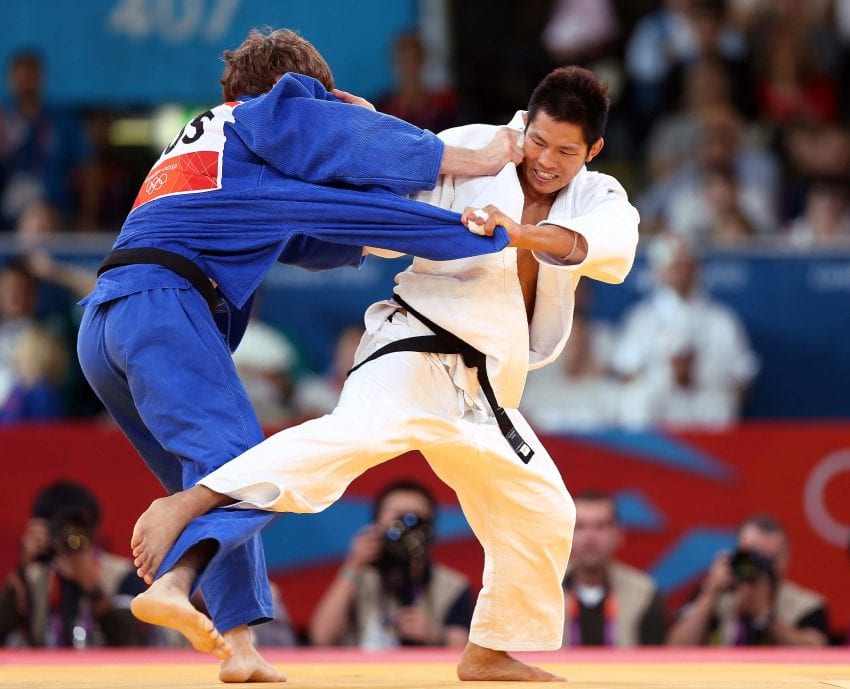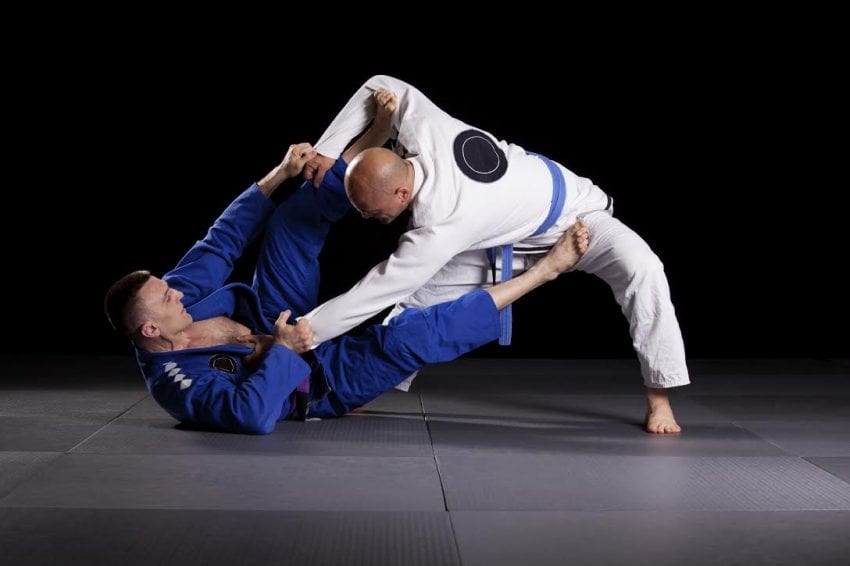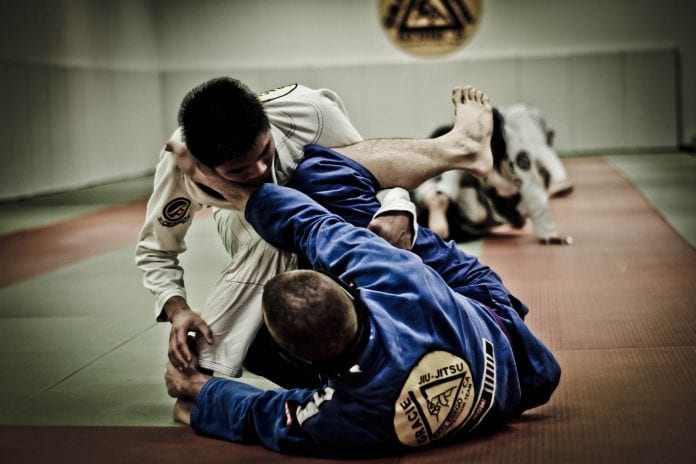One of the fastest growing martial arts is the Brazilian Jiu-Jitsu, or for short BJJ. People of all ages and different backgrounds practice this martial art for various reasons, some of which might include, self-defense, fitness, stress-relief, and, of course, fun.
Brazilian Jiu-Jitsu, the Japanese Roots: The Samurai Years
The story of this martial arts begins in Japan where a form of Jiu-Jitsu was created for the use of Japanese samurai soldiers. The people and these warriors who participated in armed battles while on the back of horses, created Jiu-Jitsu as one of the last ways of defending themselves if they found themselves disarmed or on foot. The heavy armor worn by the famous samurai warriors often hindered their mobility, as well as making chokes and specific striking techniques. Of course, the Japanese Jiu-Jitsu, later on, branched into a variety of different styles, with the focus of learning martial arts for armed combat moved to it being for self-defense. While each style has different and specific aspects, the focus was on the person being able to throw, strangle, and joint lock while using Jiu-Jitsu techniques.
The origins of BJJ – Judo

In the 1800s, the original Jiu-Jitsu developed into various styles of Ryu. Even though they were mostly different, they all included hand-to-hand combat and moves derived from the original Jiu-Jitsu. In the late 1880s, a man by the name Jigoro Kano came up with his own Ryu. His form was completely different from everything else, and it became what we call Judo. Today, this is one of the widespread martial arts around the globe.
Brazilian Jiu-Jitsu – the Gracie Family
One of Kano’s students was Mitsuo Maeda, who emigrated from Japan to Brazil in 1914. Since a local politician called George Gracie helped him with this flight from Japan, and in return, Mitsuo taught Jiu-Jitsu to Gracie’s son, Carlos. Later on, Carlos taught his brother the same thing. Together, they founded the first Jiu-Jitsu academy in Brazil. Over several decades, the Gracie family created and refined the art of Jiu-Jitsu. This was the foundation of the modern Brazilian Jiu-Jitsu, which is well known and practiced all over the world.
Although BJJ is quite similar to Judo
and other traditional martial arts, it is different in some important ways from its related systems, you can click here to learn more about this sport. Judo was designed as a mighty and powerful way of self-defense that included sportive parts, as well as the idea of mutual benefits of members in society. Even though fighting techniques can be used in real-life situations, Judo is mostly focused on sports competitions. Over the last century, the rules of Judo started emphasizing means of achieving victory in competitions.

However, Brazilian Jiu-Jitsu followed a different path over the last 70 years. It is divided into three categories, self-defense (which includes striking and unarmed techniques against armed rivals), free fighting competitions (now called MMA), and sport grappling with or without gi (these matched include different kinds of submission holds, but no striking). The overall strategy of BJJ is created to equip a smaller and weaker person with a method of defending themselves against a larger and stronger person. When BBJ techniques are used, leverage is probably the most important thing, since leverage is the key to enhance and get the most out of the force. Practitioners usually seek this position that will get them to this point, thereby they are constantly reinforcing the most effective strategy for real-life situations. This position has proven to be the most effective one for real-life situations.
Click here to learn more about use of the Gi in Brazilian Jiu Jitsu.









